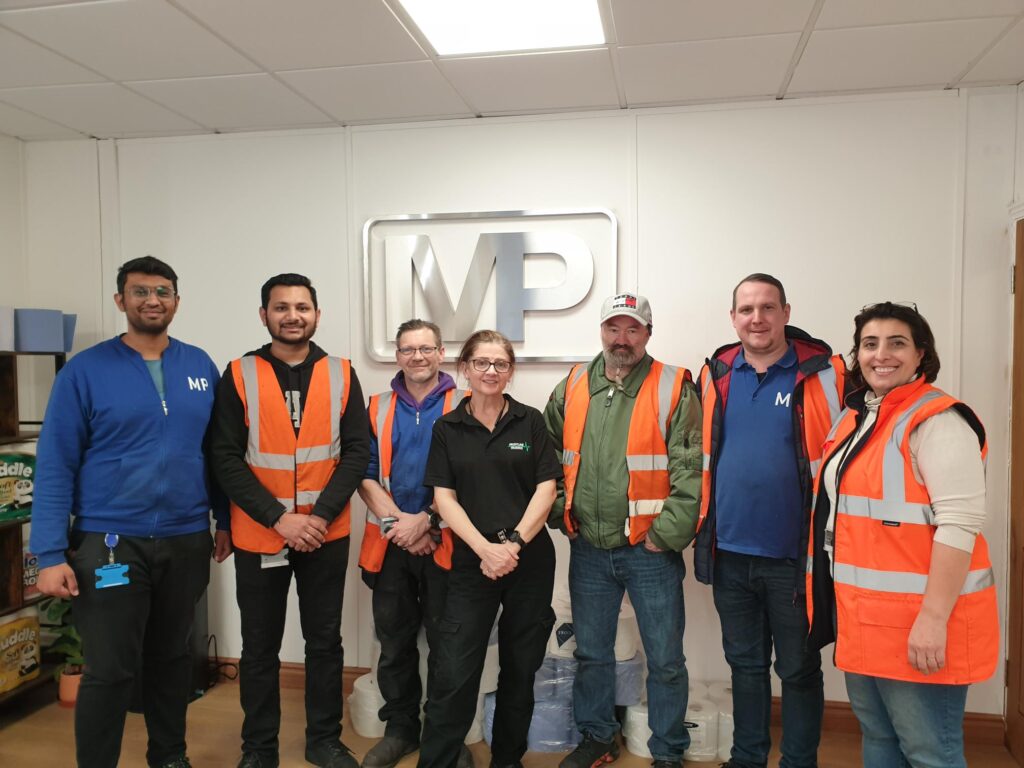Top Health and Safety Risks in Different Industries
Health and safety risks vary dramatically across different industries. A one-size-fits-all approach to safety simply doesn’t work when you consider the vast differences between environments like offices, construction sites, warehouses, and healthcare facilities. Understanding the specific risks associated with your industry is key to creating an effective health and safety strategy.
This blog will explore some of the top health and safety risks in different industries and offer practical advice on how to manage them. Whether you’re in construction, healthcare, retail, or an office setting, identifying and addressing these risks can protect your workforce, ensure compliance with regulations, and ultimately save lives.
Understanding Industry – Specific Risks
Each industry has its unique set of challenges and potential hazards. While slips, trips, and falls are common across most workplaces, more industry-specific risks can include electrical hazards in manufacturing or biological hazards in healthcare. Addressing these risks is not only a matter of legal compliance but also a fundamental part of fostering a safe work culture.
Construction

The construction industry is inherently risky. With heavy machinery, power tools, working at heights, and exposure to hazardous materials, construction workers face one of the highest rates of workplace injuries and fatalities. According to the Health and Safety Executive (HSE), falls from height accounted for 47% of fatal injuries in the construction industry in 2021 (HSE, 2021).
Addressing these risks proactively can prevent the most serious accidents from occurring. Implementing thorough training programs, using proper safety gear, and ensuring that workers are aware of fall hazards are critical steps in reducing workplace accidents in construction.
Even with safety measures in place, accidents still occur, often due to human error, lack of supervision, or failure to follow safety protocols. Regular training and awareness programs are crucial to keep safety top of mind.
Related Reading: What to Do in the First Five Minutes of a Workplace Emergency
Healthcare
In the healthcare industry, workers are frequently exposed to biological hazards, such as bacteria, viruses, and infectious diseases. These hazards not only endanger healthcare workers but also put patients at risk if protocols aren’t strictly followed. Additionally, physical risks from lifting patients or operating machinery, as well as mental health challenges due to high-stress environments, are significant concerns.
According to NHS Employers, musculoskeletal disorders (MSDs) are the most common occupational health issue affecting healthcare workers, with manual handling tasks posing the greatest risk (NHS Employers, 2022).
Implementing safe patient handling protocols and offering regular health and safety training can significantly reduce the risks associated with MSDs. Promoting a safety-first culture ensures that healthcare workers are protected, which in turn protects patients.
In high-pressure environments, it can be challenging to prioritise health and safety protocols when the focus is on patient care. As a result, safety measures may be overlooked, leading to injuries or exposure to infectious materials.

Related Reading: How to Prevent and Treat Heat Stroke in Outdoor Work Environments
Retail
The retail industry might not seem like a high-risk environment, but hazards like slips, trips, and falls, as well as repetitive strain injuries from lifting and moving stock, are common. Additionally, retail workers may face the risk of violence or aggression, particularly in late-night or high-stress retail environments.
According to a report by Retail Trust, over 50% of retail workers have experienced verbal abuse, and 28% have faced physical violence in the workplace (Retail Trust, 2022).
Benefit of training and resources
Retail workers who are trained in conflict de-escalation and safety practices are better equipped to handle potentially dangerous situations. Ensuring staff have access to the right protective equipment, such as gloves or safety shoes, can also help reduce common physical injuries.
Problem Area:
Many retail workers are young, part-time, or temporary employees who may not receive adequate safety training. Ensuring that all employees, regardless of their employment status, receive thorough safety training is crucial.
Offices
While the office environment might seem relatively risk-free compared to industries like construction or healthcare, office workers face their own set of health and safety challenges. Poor ergonomics, for example, can lead to musculoskeletal issues like back, neck, or wrist pain. Sitting for long periods also contributes to health issues such as heart disease and obesity.
Moreover, office environments can foster poor mental health due to high workloads, stress, and lack of physical activity. A survey by the Mental Health Foundation found that 74% of UK employees felt so stressed at work that they were overwhelmed or unable to cope (Mental Health Foundation, 2022).
Simple Interventions
Simple interventions such as ergonomic assessments, providing adjustable chairs, and encouraging regular breaks can reduce the risk of injury and promote a healthier, more comfortable working environment. Promoting mental health awareness and offering support for stress management are equally important for protecting employee well-being.
Problem Area:
Many businesses overlook the importance of ergonomic health or fail to provide adequate resources to support employees’ mental and physical health. Long-term neglect of these areas can lead to increased absenteeism, reduced productivity, and higher healthcare costs.
Related Reading: Ergonomics: Reducing Workplace Injuries from Poor Posture
How Frontline Training Can Help
No matter what industry you’re in, Frontline Training can help you identify the health and safety risks unique to your workplace and offer tailored solutions to address them. We offer bespoke Health & Safety training courses that cater to the specific needs of your business, ensuring your staff are trained to prevent and handle accidents and emergencies.
Our courses are designed to be practical and engaging, with hands-on exercises that prepare employees for real-world situations. We cover everything from manual handling, working at heights, and conflict resolution to ergonomic assessments and mental health awareness.
Ready to enhance safety in your workplace? Book a Health & Safety course today with Frontline Training, and let us help you protect your employees, reduce workplace accidents, and ensure compliance with UK regulations.

